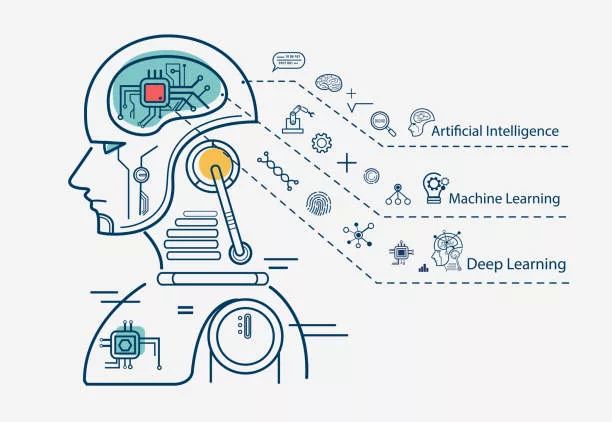Are you curious about how machine learning algorithms can recognize patterns and make decisions? One crucial step in this process is feature extraction. This powerful technique involves transforming raw data into a meaningful representation that captures the most important characteristics of your dataset. Join us as we explore what feature extraction is all about, why it matters for machine learning applications and some common methods for extracting features from various types of data. Get ready to unlock the potential of your datasets and take your machine learning skills to the next level!
What is a Feature Extraction?
Feature extraction is the process of extracting features from a data set. A feature is anything that can be used to identify something about the data. Features can be simple or complex, and they can come from anywhere in the data set.
Types of Feature Extraction
Feature extraction is the process of extracting features from data. Features can be any kind of data elements that can be used to make predictions or discriminate between different instances. There are many types of feature extraction, but some of the most common are:
1) Feature extraction with clustering: Clustering is a data analysis technique that groups objects together based on some similarity metric. When extracting features from the text, for example, you could group words together into clusters based on their frequencies, or how often they co-occur in the text.
2) Feature extraction with pattern recognition: Pattern recognition is a broad field that covers techniques for finding patterns in data. One common approach is to train a machine learning algorithm on a training set of labeled examples and use it to find features in the unlabeled data. This approach is often used for things like detecting spam emails or identifying fraudulent transactions.
3) Feature extraction with statistics: Statistics is the study of collecting, organizing, and analyzing numerical information. This includes things like measuring how often something happens, predicting outcomes using trends, and understanding correlations between variables. You can use statistics to extract features from data without relying on any algorithms or training sets.
How to do Feature Extraction in Machine Learning?
Feature extraction is a technique applied in machine learning to automatically uncover data features. These extracted features can enhance algorithm performance or reveal patterns in the data that might remain hidden otherwise.
There are many techniques for feature extraction, but some of the most common include:
- Feature selection: Select the features that are most important for predicting the target variable.
- Labeling: Labeling the features so that they can be more easily analyzed.
- Subsetting: Choosing a subset of data to study in more detail.
- Distance metric: Calculating how similar two sets of data are based on their attributes.
Advantages of feature extraction in machine learning
Feature extraction is a process that extracts features from data. Features are the building blocks of predictive models. Ensemble methods can enhance the performance of a machine learning algorithm. Furthermore, in specific cases, they can utilize for tasks related to discrimination or prediction.
Data can yield a multitude of feature types that you can extract. Some common ones include:
- Input variables: These variables serve as inputs into a machine learning model.
- Output variables: These are the variables that are output by a machine learning model.
- Attributes: These describe characteristics of inputs and outputs (e.g., categorical, quantitative).
- Distances: This measure how similar two objects or pairs of objects are.
Disadvantages of feature extraction in machine learning
Feature extraction is a process of identifying specific features of data sets. You can use these features to improve the performance and accuracy of machine learning algorithms. However, there are several potential disadvantages to feature extraction.
- First, it can be time-consuming and labour-intensive to identify all the relevant features.
- Second, it may be difficult to find a good set of features that captures the overall structure of the data set accurately.
- Finally, feature extraction may lead to over-representation or under-representation of certain data sets in the resulting model (due to preferential selection of features).
Conclusion
Feature extraction is a process that helps machine learning algorithms understand the relationships between features in data. By understanding these relationships, the algorithm can more effectively learn from data and improve its predictions.





